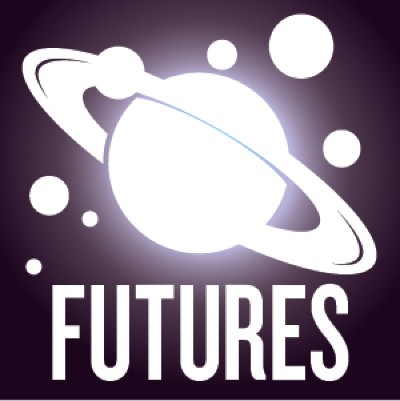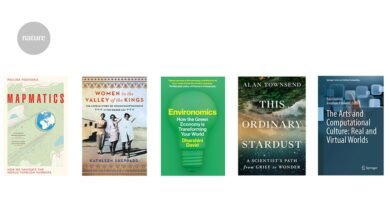
AnimalArk.com website enquiry form
Name: Sandra Bloomfield
Address: Unit 26 Parkview Towers, 67 Elizabeth Street, Malvern
E-mail: sandra.bloomfield@memail.au
Which species would you like to genetically preserve? Giraffe
Ownership status: Yes, I am applying as the future owner of the pet
Any comments or requests, please list below:
How lucky to have stumbled across your website! I was saying to my friend just the other day that something must be done about the state of the environment, all these species going extinct and so forth and surely there must be some clever way to save them, and now there you are! What a fantastic business proposition.
If I understand your website materials correctly then what is being preserved is the genetic material of the endangered species, not the creatures themselves? As such, one can order a modified exotic with a more agreeable temperament and so forth? Assuming this is indeed the case I would like to request a giraffe with the following modifications.
My husband and I recently retired and have downsized to an apartment. Although it is quite spacious and has very high ceilings, I’m afraid a full-size giraffe would be rather cramped. I understand that producing a dwarf creature shouldn’t be a problem, just a matter of tweaking a few genes or whatever it is you do, but the elongated neck poses an issue. It wouldn’t do to keep the poor animal with its head permanently thrust out a window and the Body Corporate would have an absolute fit about keeping it on the balcony, they cause such a bother over the smallest thing, you have no idea. So for purely practical reasons we would need a waist-high giraffe with a much shorter neck that can fit indoors. Is that possible? I was thinking only a slight elongation, perhaps a few extra centimetres, a sort of subtle homage to the creature whose genetic code we are preserving.
Read more science fiction from Nature Futures
Another potential issue is with the colour scheme of the giraffe’s coat. My husband is a tremendous fan of early twentieth century abstract art, we have a Mondrian original hanging in the foyer, and all of our furnishings match the painting (he absolutely insists on this), so everything is red, white and black with some dashes of yellow or blue (not exactly to my tastes but one learns to tolerate these things in a marriage) and so I am afraid the usual brown and yellow pattern of a typical giraffe is simply out of the question. We would prefer a plain white or black coat and if it’s not too much trouble then some kind of red or blue rectangle on the animal’s side as well. The rectangle would need to be perpendicular — my husband is quite set on this and has drawings (see attached) and yes of course we can pay any extra fees etc.
Finally, to temperament. Many years ago I visited Melbourne Zoo and was fortunate enough to see the giraffes there before they succumbed to that awful fungus thing, and I have to say they were not the most charming creatures. Maybe it is their height, being above it all etc etc, but they have a certain arrogance that isn’t appropriate in a pet. The dwarf size should help somewhat in this regard but I also think my husband would also prefer to see some affection and obedience. Perhaps the creature’s behaviour or instincts could be altered so it is less aloof and can respond to basic commands i.e. toileting outside on the balcony, learning to sit and roll over, coming up to nuzzle against one’s legs when called.
I hope these requests are not too difficult to accommodate and I want you to rest assured that we will be the most loving and caring owners and we have even started plans for renovations for the giraffe should the aforementioned modifications be possible i.e. dwarfism, shortened neck, abstract coat, affectionate manner.
Thank you again for your important work preserving these unique endangered species and I look forward to your response.
Sincerely,
Sandra
Attachments: MondrianGiraffePatternfinalFINAL.jpg





